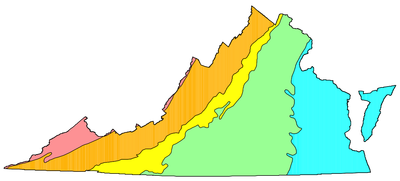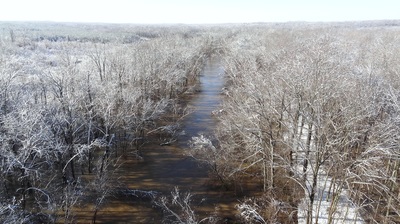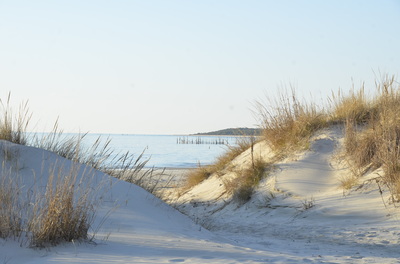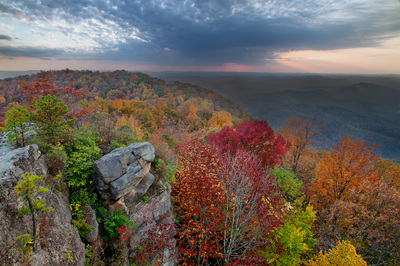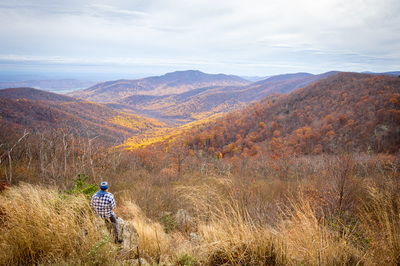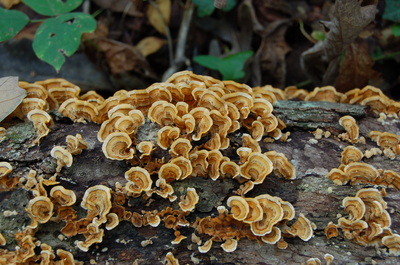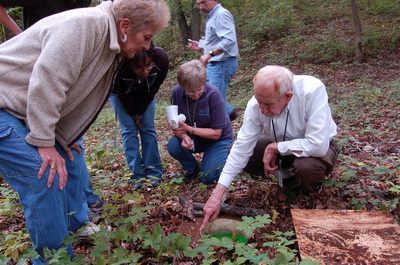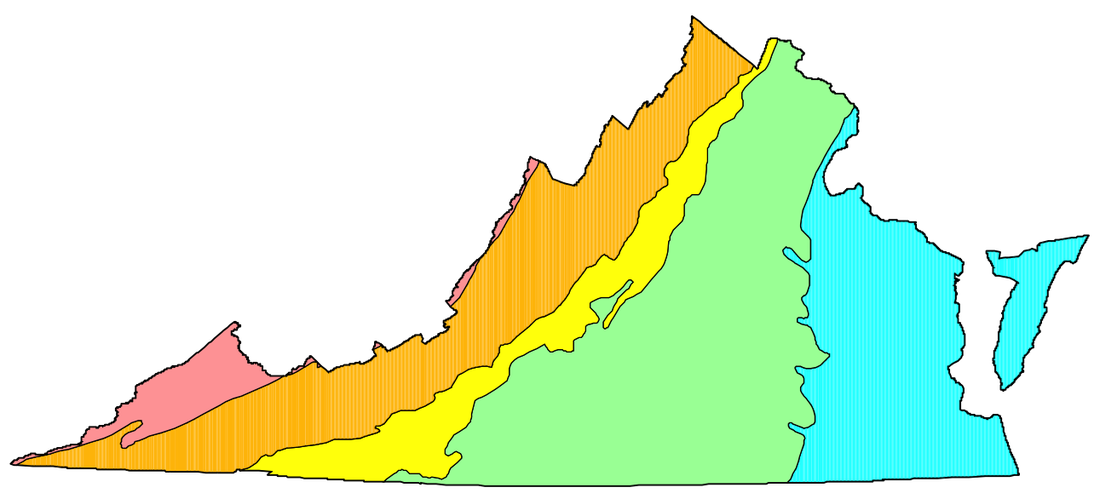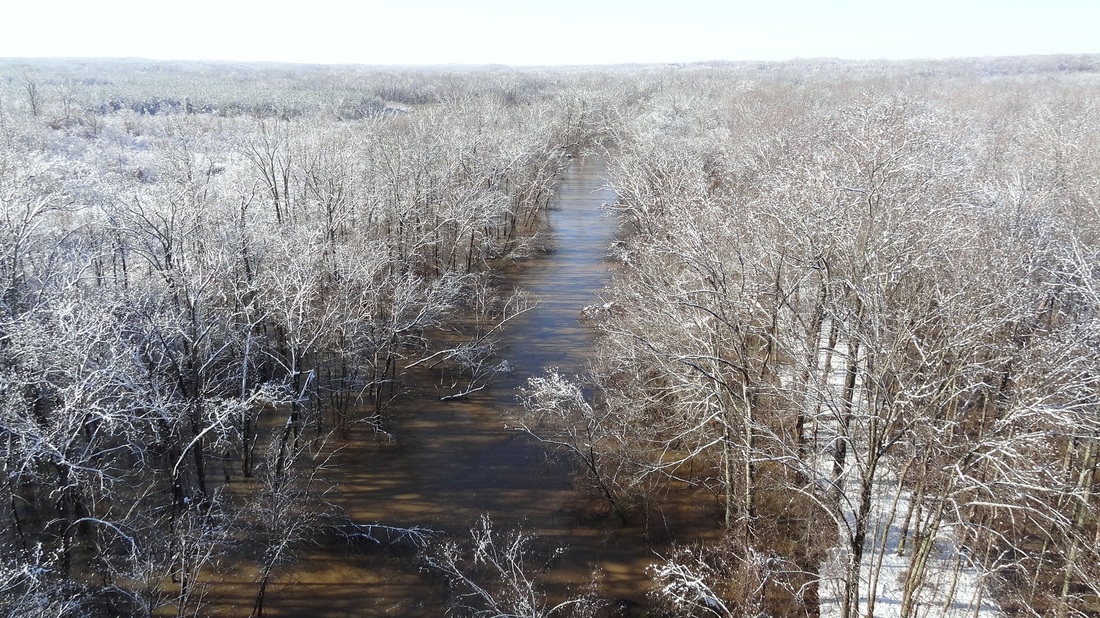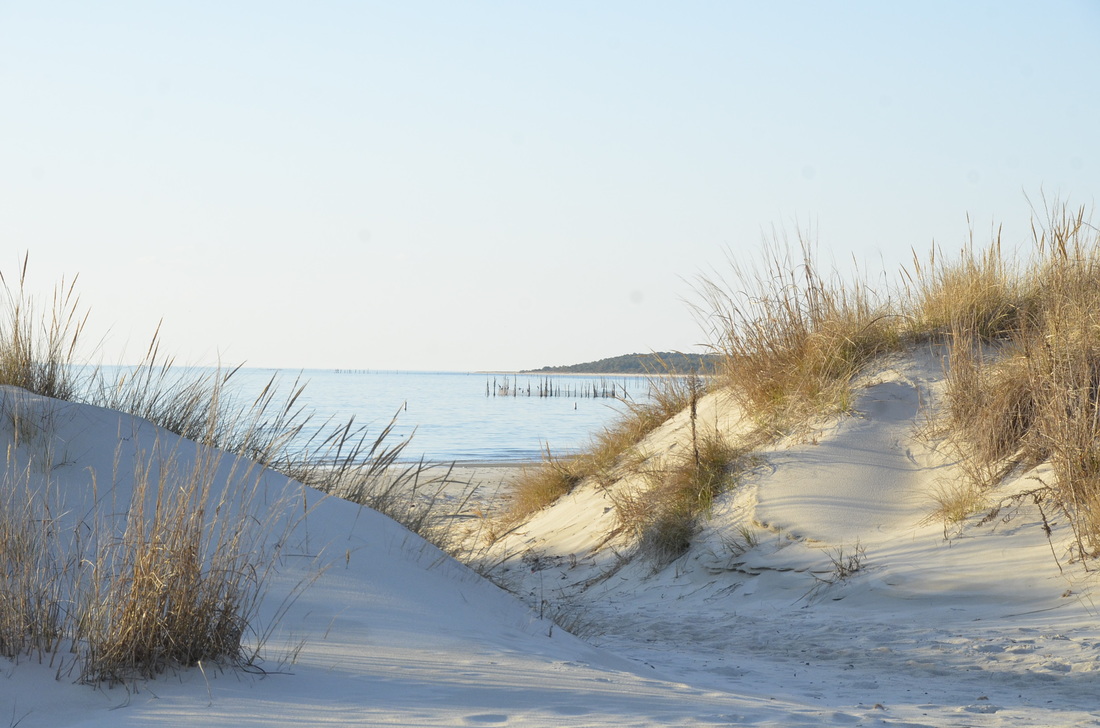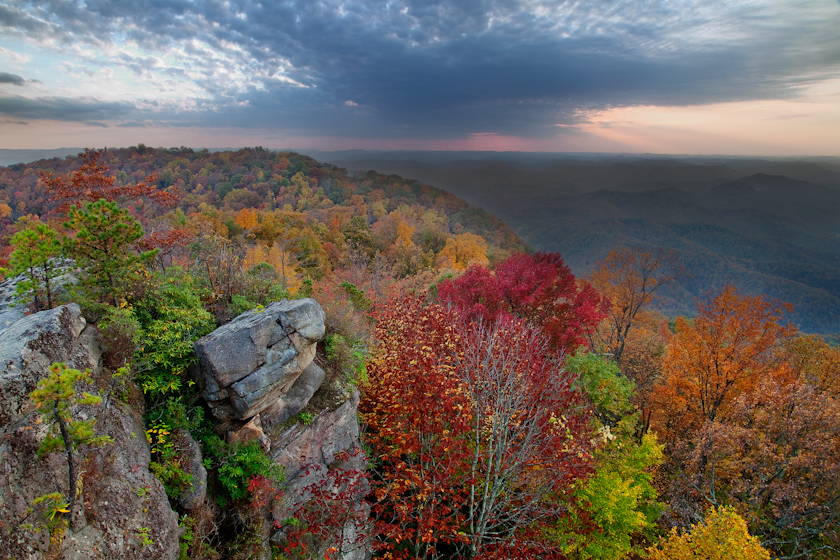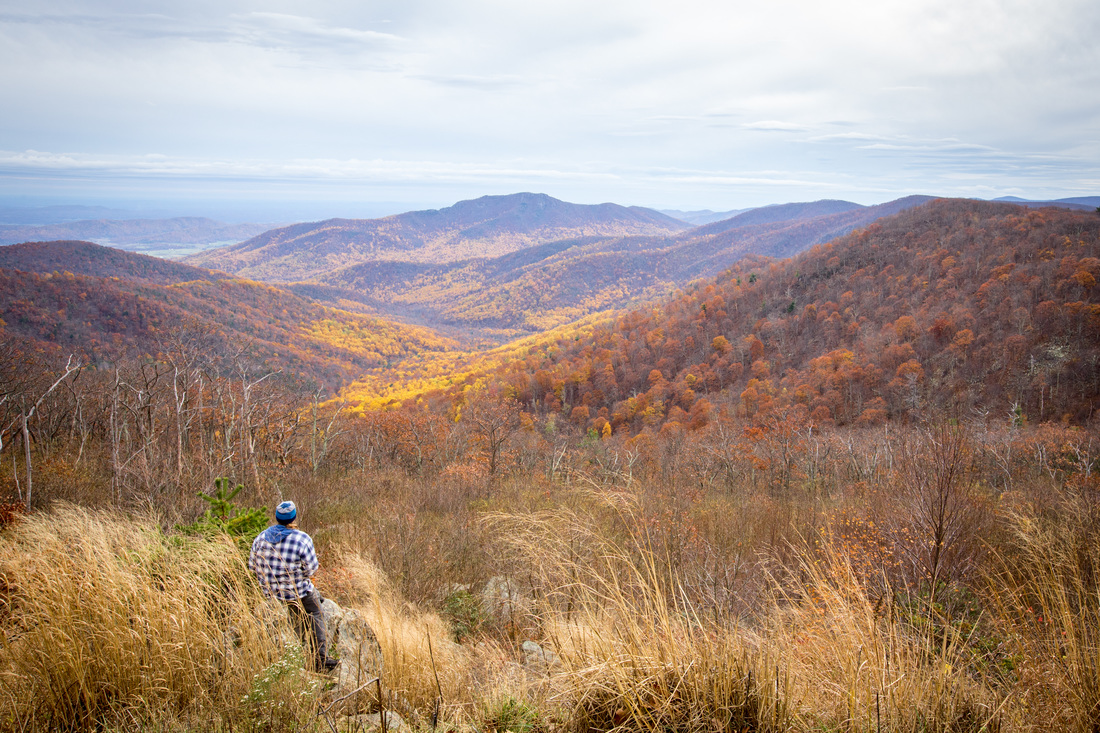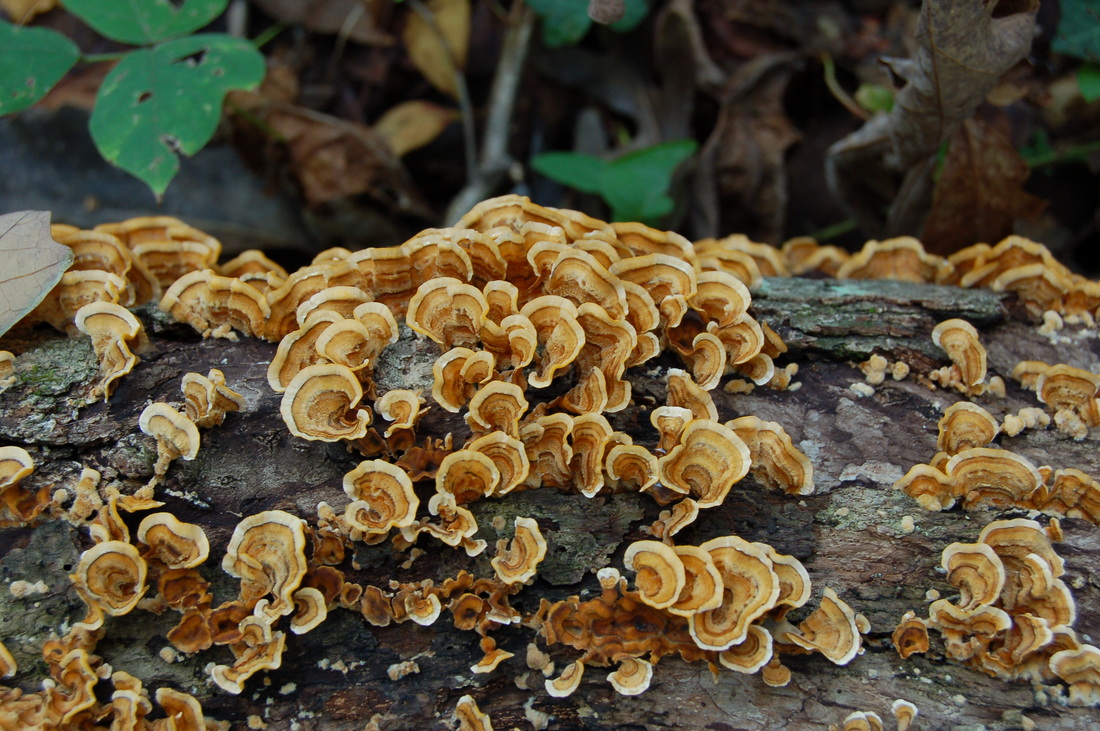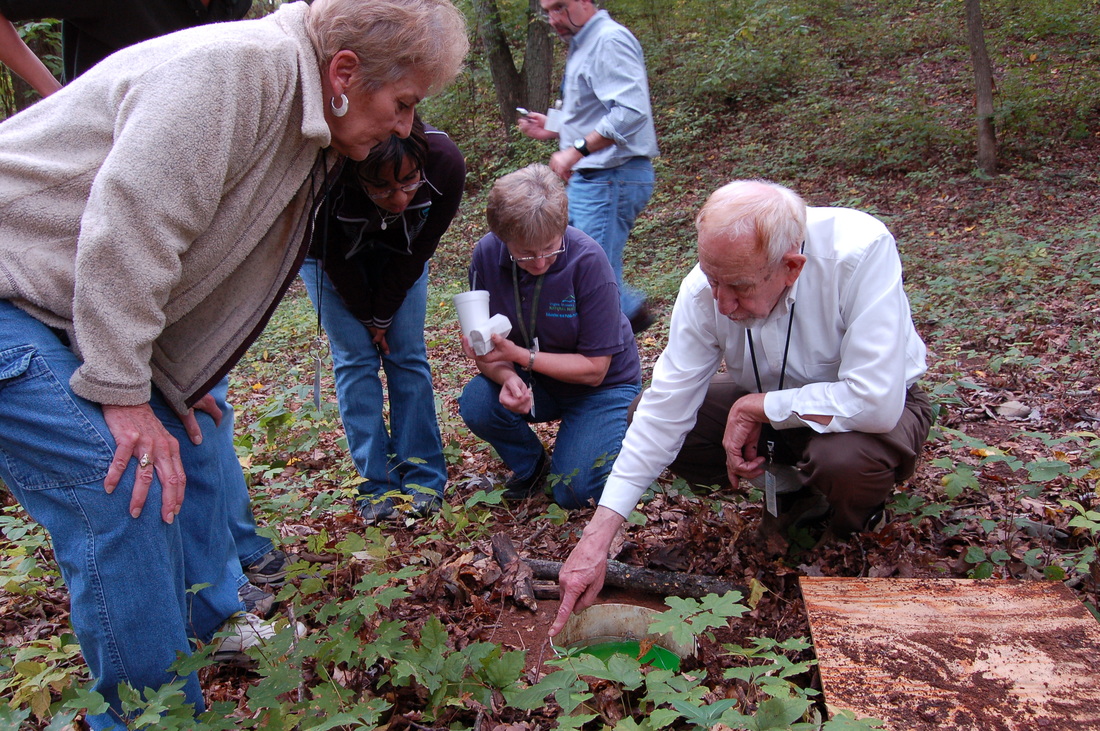Virginia Master Naturalist Basic Training Curriculum
Virginia Biogeography and Natural Communities
|
This page contains numerous curriculum resources that may be used flexibly by Virginia Master Naturalist chapters and trainees to meet their learning needs. These resources also are available to other volunteer programs and the public for their use, but please note that watching or reading these materials cannot substitute for enrolling in and completing a basic training course with a VMN chapter in order to become a Virginia Master Naturalist volunteer. Thank you to the numerous people who contributed to the creation of these materials. In particular, Gary Fleming kindly provided most of the text and images for the presentation PowerPoint and videos. Some volunteers have been fortunate to see Gary’s presentation on Virginia’s Natural Communities in person. The text and photos we provide here match what he uses in-person, so that more volunteers can learn from his expertise and view his beautiful photographs of Virginia landscapes. Michelle Prysby, VMN Program Director, served as the project coordinator for the development of this curriculum, with support from a generous donation from an anonymous donor. |
Give us your feedback on these curriculum materials!
|
Learning Objectives
|
Introductory VideoWhat: Short videos to introduce volunteers to the topic of Virginia Biogeography
Director of the Virginia Department of Conservation and Recreation, Clyde Cristman, talks about the Virginia Natural Heritage Program and Virginia’s Natural Area Preserve System. Video by the Virginia Department of Conservation.
|
Background ReadingsMost Recommended Readings
Supplemental Readings
Online Tools to Explore
Above and Beyond, for those seeking more in-depth information
|
Presentation VideosWhat: A six-part set of online videos of PowerPoint presentations with narration by Michelle Prysby. Combined, they are approximately one hour long. Gary Fleming (VDCR Natural Heritage Program) provided most of the images and text for these videos.
User Notes: Please note that you can make the video full-screen and toggle the closed captioning on and off. You can also watch these videos at video.vt.edu: Part 1, Part 2, Part 3, Part 4, Part 5, and Part 6. Please also note that these videos are intended to be used in conjunction with the handout provided below. Note for Basic Training Chairs and Course Instructors: The script for the full PowerPoint presentation is provided below for download in MS Excel format, which makes it easy to add, delete, or re-order slides. Basic training chairs for VMN chapters may contact the state office for access to the full PowerPoint file. Both the Powerpoint and the script may be used and adapted for your courses. Please pay attention to the image license restrictions listed in the notes section for each slide in the PowerPoint file. Virginia Biogeography Part 1: Overview
Virginia Biogeography Part 2: Appalachian Plateaus
Virginia Biogeography Part 3: Ridge and Valley Province
Virginia Biogeography Part 4: Blue Ridge Province
Virginia Biogeography Part 5: Piedmont Province
Virginia Biogeography Part 6: Coastal Plain Province
|
Presentation HandoutWhat: A three-page handout that matches up with the presentation. It is best printed in color, but black and white is acceptable. Possible uses: The handout is meant to accompany the PowerPoint presentation or the videos, so if an instructor is using the presentation in class, he/she should distribute the handout in lieu of a handout containing all the slides. It is not recommended that you print the slides for a handout, as they are almost entirely image-based and would not make good reference material. |
Evaluation MaterialsWhat: Evaluation packet consisting of a summary form to be completed by the chapter’s training chair and individual evaluation forms to be completed by chapter trainees. Possible uses: We would like to have you help us evaluate the effectiveness of these materials for meeting program goals. We request that chapters using any of these materials have their trainees complete the evaluation form. The training chair or coordinator for that class should complete the cover sheet and return the cover sheet and all individual forms to the VMN statewide program office. |

